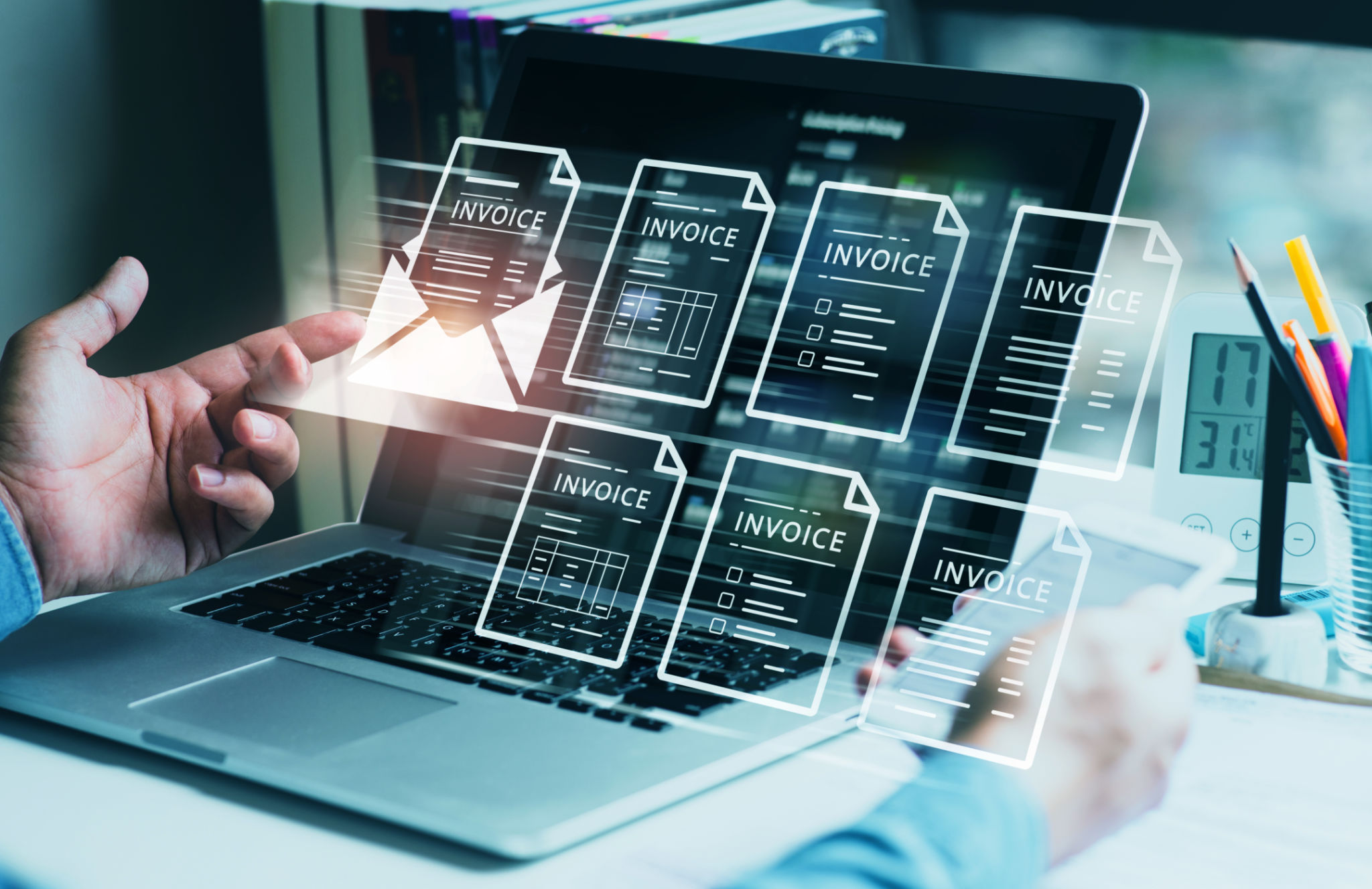How to Optimize Your Billing Process: A Step-by-Step Guide
Understanding the Importance of Billing Optimization
In the hustle and bustle of running a business, billing might seem like a straightforward process, but its optimization can significantly impact your bottom line. An optimized billing process ensures timely payments, reduces errors, and enhances customer satisfaction. By streamlining this aspect of your operations, you can free up valuable resources and improve cash flow.

Analyze Your Current Billing Process
Before you can improve your billing system, it's essential to understand its current state. Map out each step of the process, from invoicing to payment collection, and identify areas prone to delays or errors. Engage with team members who are directly involved in billing for insights into existing challenges. This analysis will serve as a foundation for implementing necessary changes.
Leverage Technology for Efficiency
The right technology can revolutionize your billing process. Consider implementing automated billing software that integrates with your existing systems. Automation reduces manual errors, speeds up invoicing, and ensures timely follow-ups on overdue payments. Additionally, many software options offer analytics tools to track billing trends and performance.

Implement Clear Billing Policies
A critical component of an effective billing process is having clear and transparent billing policies. Ensure that your policies regarding payment terms, late fees, and dispute resolution are communicated clearly to your clients. Consistency in communication helps in setting expectations and minimizes misunderstandings or disputes.
Train Your Team
Your billing team plays a pivotal role in the optimization process. Regular training sessions can equip them with the skills and knowledge to use new tools effectively and adhere to updated procedures. Encourage open communication within the team to foster a culture of continuous improvement and problem-solving.
Monitor and Adjust
Optimization is not a one-time effort but an ongoing process. Regularly review your billing metrics, such as invoice processing time and payment delays, to identify trends and areas for improvement. Use this data to make informed decisions and adjust your strategies as needed.

Seek Feedback from Clients
Your clients' experiences with your billing process are invaluable for optimization. Gather feedback through surveys or direct conversations to understand their perspective on the ease of payment and clarity of invoices. Acting on this feedback can lead to improved client satisfaction and loyalty.
Conclusion
Optimizing your billing process is a strategic move that can yield substantial benefits for your business. By analyzing current practices, leveraging technology, setting clear policies, training your team, and consistently monitoring performance, you can create an efficient billing system that supports your business's growth and success.